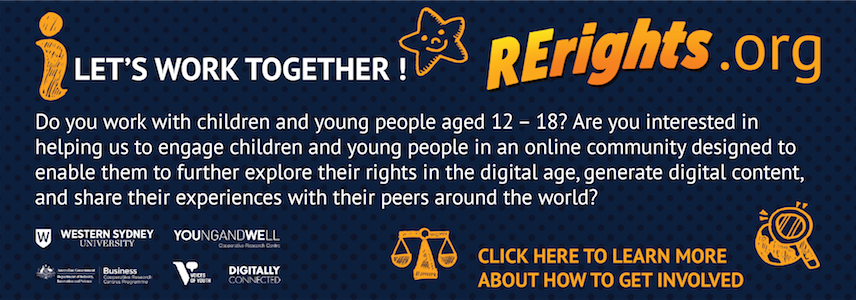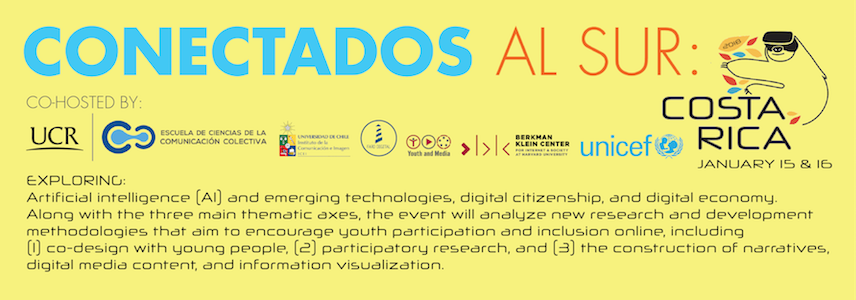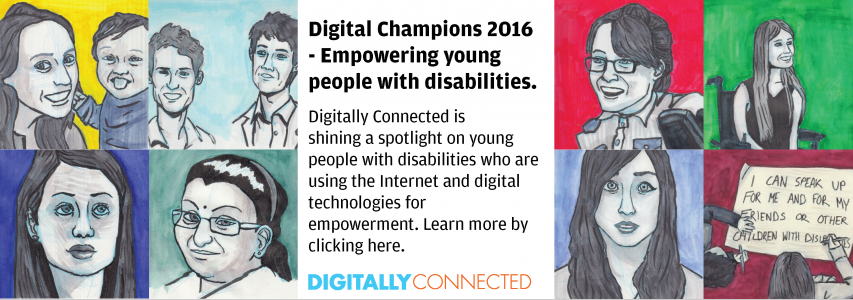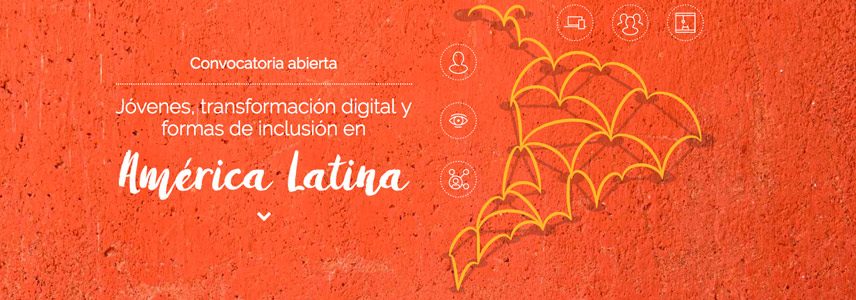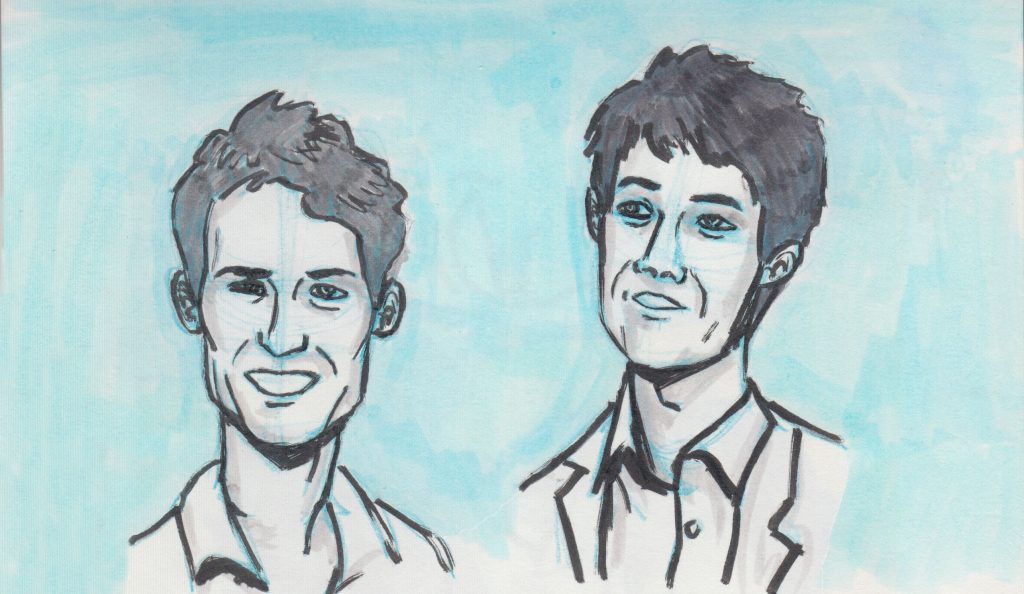Ages: Michael 33, James 32
Organization: NVAccess
Website: nvaccess.org
Country: Australia
Neither Michael Curran and James Teh allowed their inability to see to take away their visions for helping others. Due to their proclivities toward coding, technology, and open source software, the duo decided to tackle problems faced by individuals of all ages.
After becoming completely blind at the age of 15, Michael began using a screen reading software, which turned written text on a screen into audio in order to allow visually impaired individuals to use digital technologies. However, Michael soon realized that, while he enjoyed the benefits of such a program, the high cost made it inaccessible for many visually impaired individuals around the world.
“This software has been traditionally very expensive. Due to the high cost, most blind people must rely on government assistance or help from charities in order to gain access to this important tool. I started to wonder just why it was so expensive.”
Stemming from his interests in tech and open source software, Michael began creating a free alternative that he termed “NonVisual Desktop Access” (NVDA). He soon enlisted the help of his friend James Teh to further develop the software and to help ensure it was readily available for use around the world.
“The company [NVAccess] is dedicated to the ideal that accessibility and equitable access is a right and should be available to everyone, no matter their language, location or economic status.”
Through their diligence, Michael and James are making substantial steps toward these ends. Since its inception, NVDA has been downloaded over 70,000 times across 120 countries and has been designed to work in more than 50 languages.
Inspired by the success of NVDA and their mutual interest in designing open source software, Michael and James are hopeful for the future.
“Digital technology is absolutely essential to enable people with disabilities to do their part in creating a brighter future for our world.”
However, while the duo notes that their work has resulted in progress for individuals with disabilities, they acknowledge that there is still work to do to ensure that disability is no longer a barrier to technological access.
“There needs to be a greater focus on more sustainable, more widely available solutions.”
Reflecting back upon the creation and growth of the NVDA tool, Michael sees it as a natural outgrowth of his long term grit. “My parents taught me from a young age to stick up for what I believe in. If I was to succeed in life I was going to have to fight.” And, through their collective action and innovation, Michael and James are fighting a battle for universal access to technology for all blind people.
Advice to decision makers:
- “Provide people with the tools to contribute. Everyone has something to offer the world, though they may need a little help at first. But like they say: “It is better to teach a man to fish than it is to feed them to him”.
- “Focus on empowering young people with disabilities to achieve grand but reachable goals. A blind person is never going to be a fighter pilot, but he could be a great Computer Scientist. Ensure that parents of disabled children know what is practical and possible for their children.”
Illustration by Elsa Brown.



